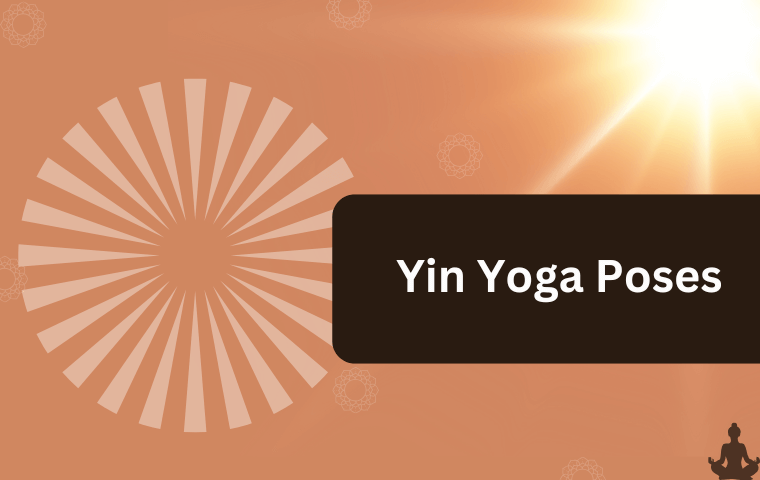Yin Yoga is a calming and introspective practice that involves maintaining poses for several minutes, allowing for deep relaxation and release. This form of yoga focuses on the deep connective tissues, fascia, ligaments, and joints rather than emphasizing muscle activation, as seen in more dynamic yoga styles. By embracing stillness and patience, Yin Yoga enhances flexibility, promotes mindfulness, and fosters deep relaxation. Below, we explore 10 essential Yin Yoga poses that can help you unwind, stretch deeply, and restore balance.
Deep Stretch, Deep Stillness: 10 Yin Yoga Poses to Rejuvenate
These poses help you relax, improve flexibility, and bring balance to your body and mind.
1. Baddha Konasana (Butterfly Pose)
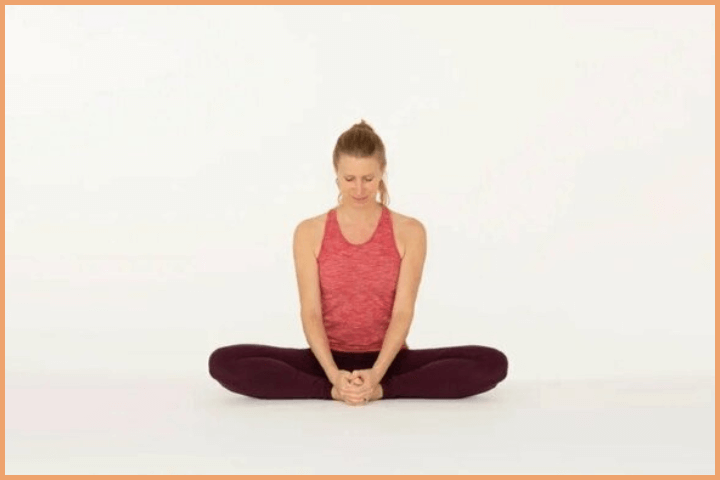
The Butterfly Pose (Baddha Konasana) stretches the lower back, inner thighs, and hips while encouraging relaxation. Sit with the soles of your feet together and let your knees fall open. Fold forward, relaxing your spine and allowing gravity to deepen the stretch. Hold for 3–5 minutes while breathing deeply. This pose stimulates the lower spine, stretches the hips, and enhances circulation in the pelvic area.
2. Anjaneyasana (Dragon Pose or Low Lunge Variation)
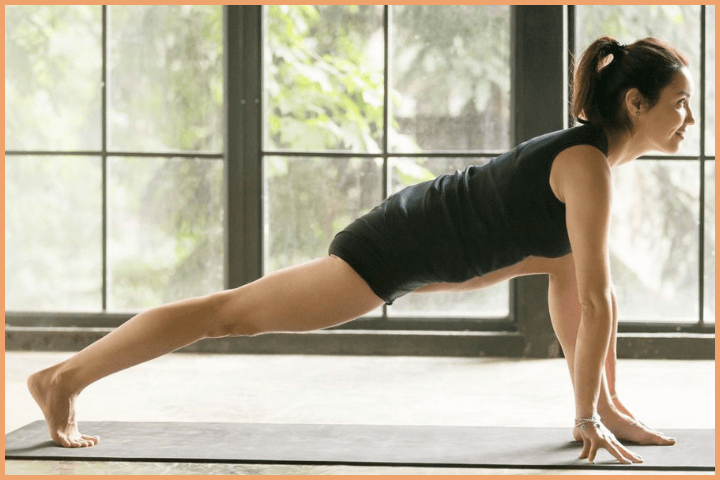
A powerful hip-opening pose that stretches the hip flexors and quadriceps. Start in a low lunge with your back leg extended, keeping your hands on the ground or a block. Keep your chest lifted and breathe into the stretch. Hold for 3–5 minutes on each side. It increases hip mobility, lengthens the hip flexors, and relieves lower back tension.
3. Paschimottanasana (Caterpillar Pose or Seated Forward Fold)
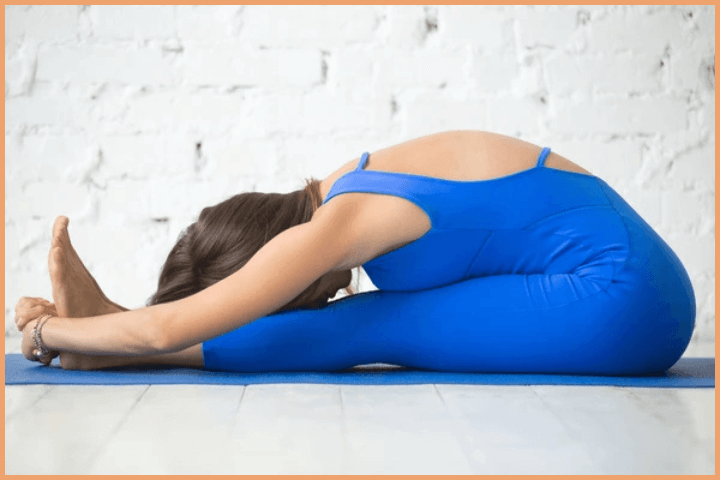
Paschimottanasana stretches the spine, relieves tension in the lower back, and soothes the nervous system. Extend your legs in front of you and gently lean forward, letting your back naturally curve. Use a bolster or pillow if needed. Stay in this position for 3–5 minutes while focusing on your breath.
4. Salamba Bhujangasana (Sphinx Pose)
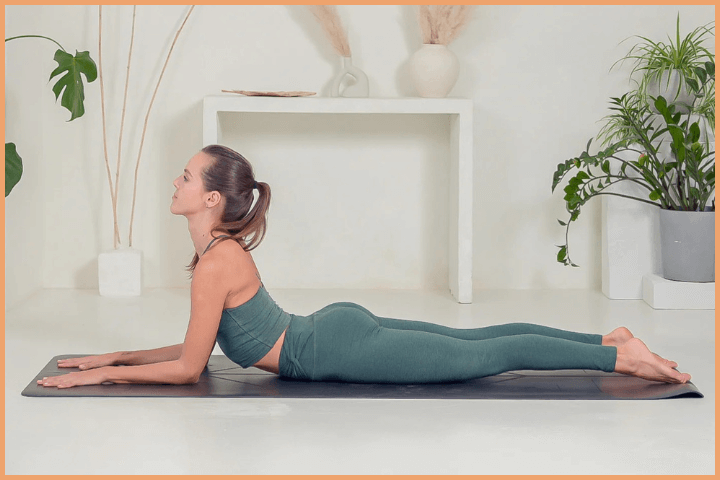
A soft backbend expands the chest while reinforcing the spine. Position yourself on your stomach, rest your elbows under your shoulders, and gently raise your chest while keeping your forearms pressed against the yoga mat. Relax your lower back and hold for 3–5 minutes. This pose helps you improve spinal flexibility, stimulates abdominal organs, and counteracts the effects of prolonged sitting.
5. Padukabandhini Asana (Shoelace Pose or Cow Face Pose Variation)
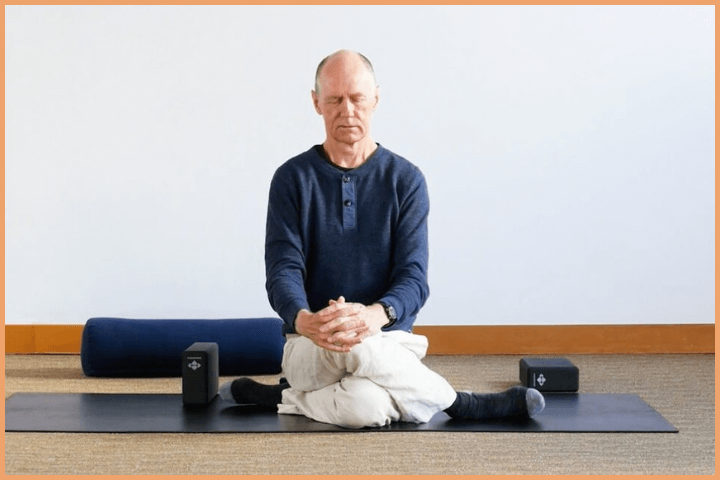
Shoelace Pose provides a deep stretch for the hips, thighs, and outer glutes while promoting better posture. It helps release tightness in the lower back and enhances spinal flexibility. To practice, sit with your knees stacked over each other, ensuring both sit bones stay grounded. If comfortable, fold forward to intensify the stretch. Keep your breath steady and allow gravity to deepen the stretch gradually. Hold it for 3-5 minutes per side.
6. Supta Matsyendrasana (Reclining Twist)
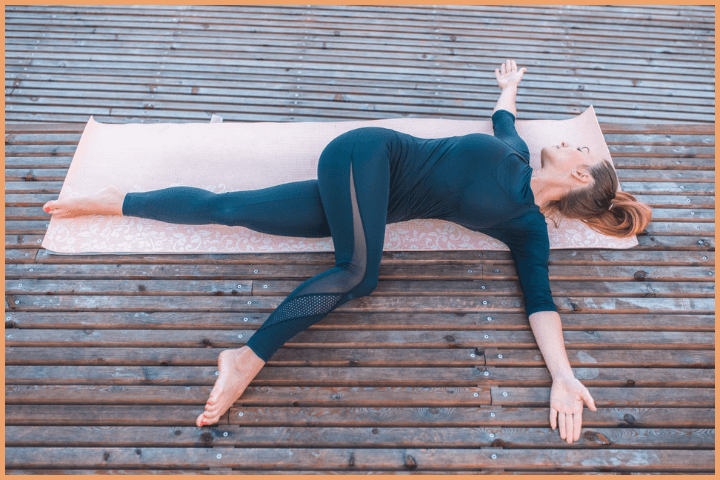
This gentle spinal twist promotes flexibility and soothes back tension. It encourages spinal mobility while also aiding digestion and relieving stress. Lie on your back, pull one knee toward your chest, and slowly bring it across your body to the floor while ensuring both shoulders remain in contact with the mat. Extend your opposite arm out to the side and gaze in the opposite direction to deepen the stretch. Hold time is 3 minutes per side.
7. Halasana Variation (Snail Pose)
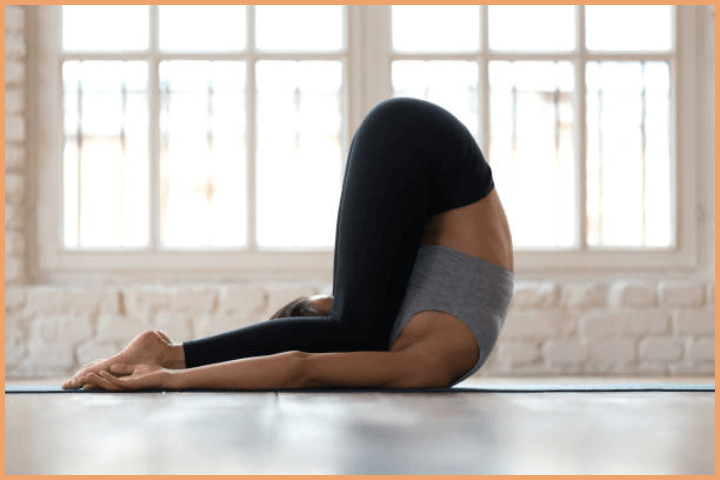
Snail Pose is a deep forward fold that decompresses the spine and calms the nervous system. It stimulates circulation to the brain, encouraging relaxation and mental clarity. Lie on your back, lift your legs over your head, and slowly lower your feet toward the floor behind you. Keep your hands supporting your lower back or extend them along the mat for stability. Move slowly and avoid pressure on the neck. Then, hold the pose for 1-3 minutes. This pose stretches the entire spine, increases circulation, and relieves stress.
8. Agnistambhasana (Square Pose or Fire Log Pose)
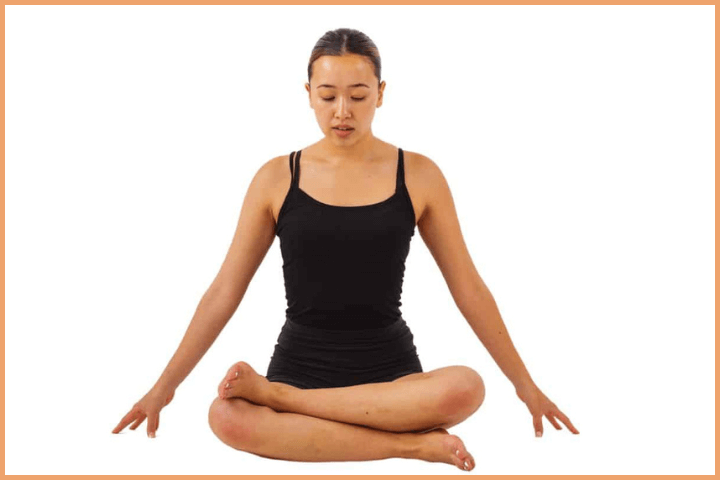
Square Pose is an intense hip opener that targets the deep connective tissues of the outer hips and glutes. It is beneficial for those experiencing sciatic discomfort or tightness in the lower body. Sit with one ankle stacked over the opposite knee, forming a square shape with your legs. Keep your spine long, and if possible, fold forward for a deeper stretch while keeping both feet flexed to protect the knees. Hold this pose for 3-5 minutes per side.
9. Matsyasana (Supported Fish Pose)
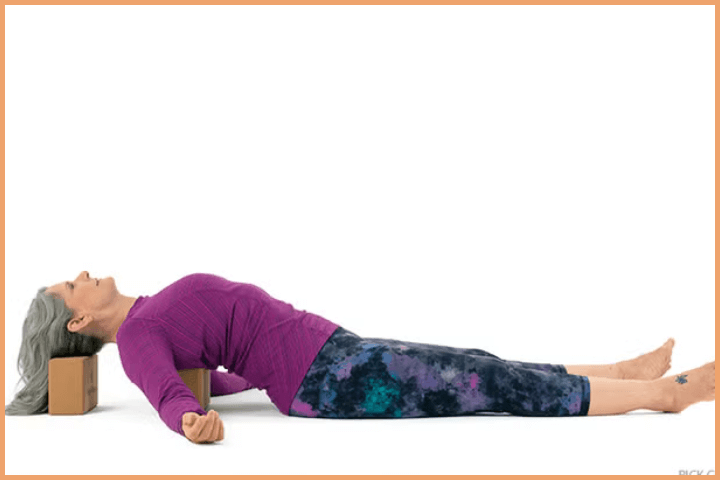
This heart-opening pose counteracts poor posture by stretching the chest, shoulders, and neck while deepening breath awareness. This pose is especially helpful for individuals who sit for extended periods. Lie back over a bolster or a rolled-up blanket placed along the spine, allowing your chest to expand. Let your arms relax to the sides and breathe deeply. Keep your legs extended, or place the soles of your feet together in a butterfly position. Hold the position for about 3-5 minutes. It opens the chest, improves lung capacity, and relieves tension in the shoulders and neck.
10. Viparita Karani (Legs-Up-the-Wall Pose)
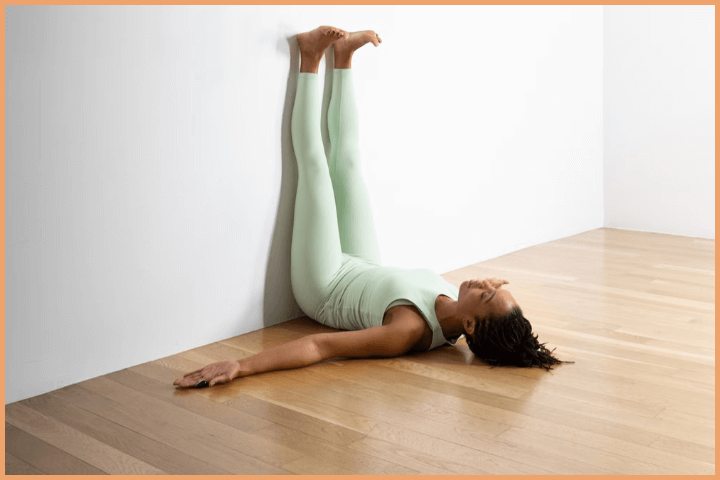
A deeply restorative pose that encourages circulation and relaxation, the Legs-Up-the-Wall Pose is perfect for reducing fatigue and stress. Lie on your back, position your hips near a wall, and stretch your legs upward, letting them rest against the surface. Let your arms relax at your sides or rest your hands on your belly for a grounding sensation. Focus on slow, deep breaths as your body relaxes. Holding this position for about 5-10 minutes relieves leg fatigue, reduces stress, and promotes relaxation.
Tips for a Safe and Effective Yin Yoga Practice
- Use props like bolsters, blocks, and blankets for support.
- Focus on deep, steady breathing to enhance relaxation.
- Never force yourself into a pose; find your edge and soften into it.
- Hold poses for an appropriate time while maintaining stillness.
- Listen to your body and modify poses as needed.
Finding Balance Through Yin Yoga
Yin Yoga is an accessible practice suitable for all levels, offering profound benefits for both the body and mind. By incorporating these 10 yin yoga poses into your routine, you can enhance flexibility, relieve tension, and cultivate mindfulness. Whether you’re looking to complement an intense workout regimen or simply seeking relaxation, Yin Yoga provides the perfect balance to restore harmony and well-being. As always, listen to your body, use props when needed, and enjoy the meditative journey of Yin Yoga.

